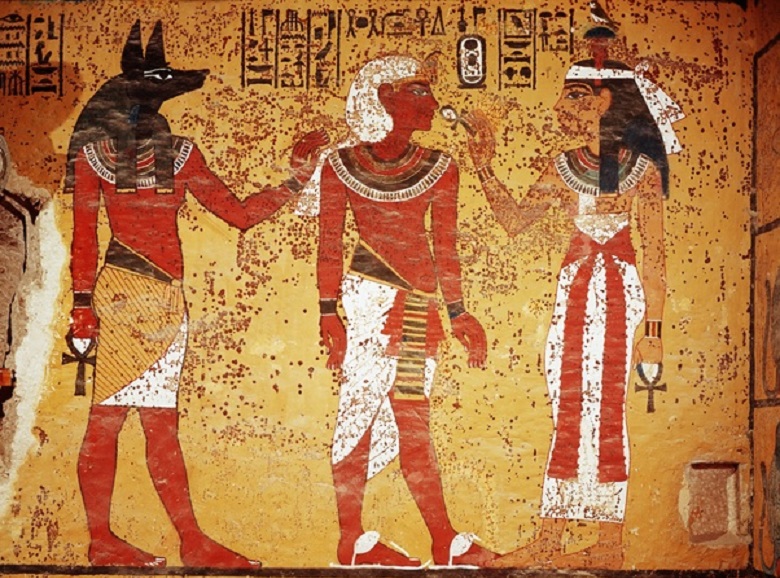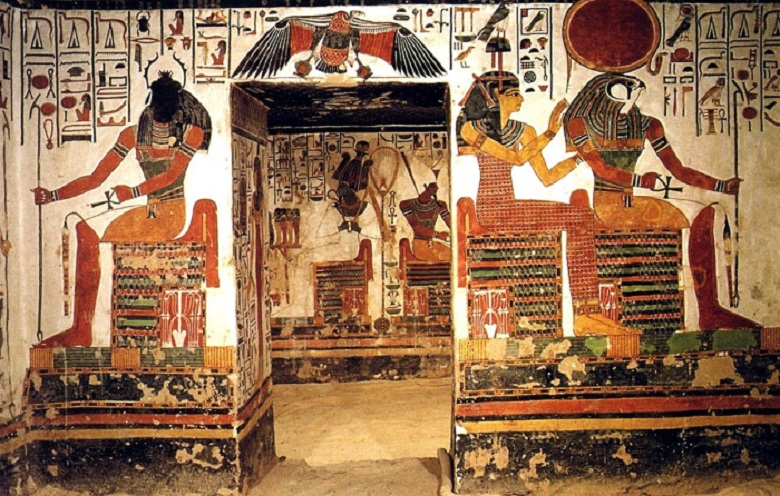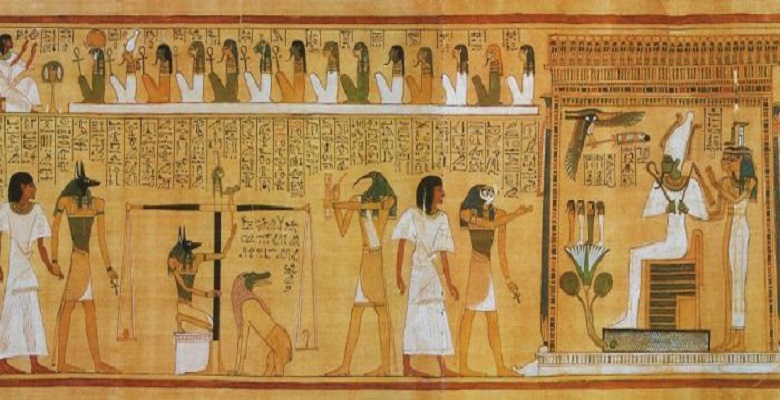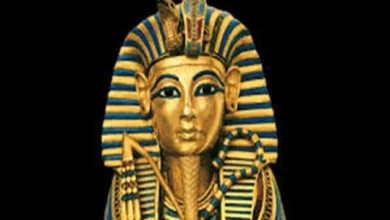Why did Egyptians depict all people flat and only in profile?

The ancient Egyptians are well known for their phenomenal architectural structures, works of art, and the large pantheon of exotic gods. The belief in the afterlife and all aspects of it made the Egyptians world famous. If you look at many of the artworks of those years, you will notice that all of the people and gods are depicted in profile (side). There is no perspective and no “depth” in the drawings. Read in this review what this style was used for.
They were able to paint realistic pictures in Egypt. The most famous example of antique painting is the Fayum portraits from the 1st-3rd centuries A.D. Many historians and art historians break their spears over the issues of artificial primitivism of Egyptian painting. And they have interesting explanations.
Reasons Egyptians depict all people flat and only in profile
1. At that time, “three-dimensional” depiction had not yet been invented

All drawings of Ancient Egypt are made “flat”, but with small details. Perhaps most artists were simply incapable of creating complex compositions with people in realistic poses. Therefore, standard canons were adopted: the heads and legs of all people and gods are depicted in profile. The shoulders, on the other hand, are turned straight. The hands of those who are seated always rest on their knees.
2. Deliberate simplification as a social aspect

The Egyptians invented a great way to get rid of the third dimension and used this to represent the social role of the people depicted. As imagined in those years, the picture could not be next to the Pharaoh, God, and the ordinary person because this exalted the latter.

Therefore, all the figures were made of different sizes: the pharaohs were the largest, the dignitaries were smaller, the workers and slaves were the smallest. But then, realistically drawing two people of different status side by side, one of them would look like a child. Better to depict people schematically.
Religious version

According to another version, the Egyptians deliberately made drawings of people two-dimensional, “flat”. This is especially evident in paintings of animals. The ancient masters painted them colorfully, giving them realistic and elegant poses.
The ancient Egyptians, with their worship of the afterlife, believed that the human soul could travel. And since the drawings were mostly done in tombs and sepulchers, they could “animate” a three-dimensional pictorial image of a dead person. To avoid this, human figures were drawn flat and in profile. This way, the human face is more expressive and easier to portray as similar.




